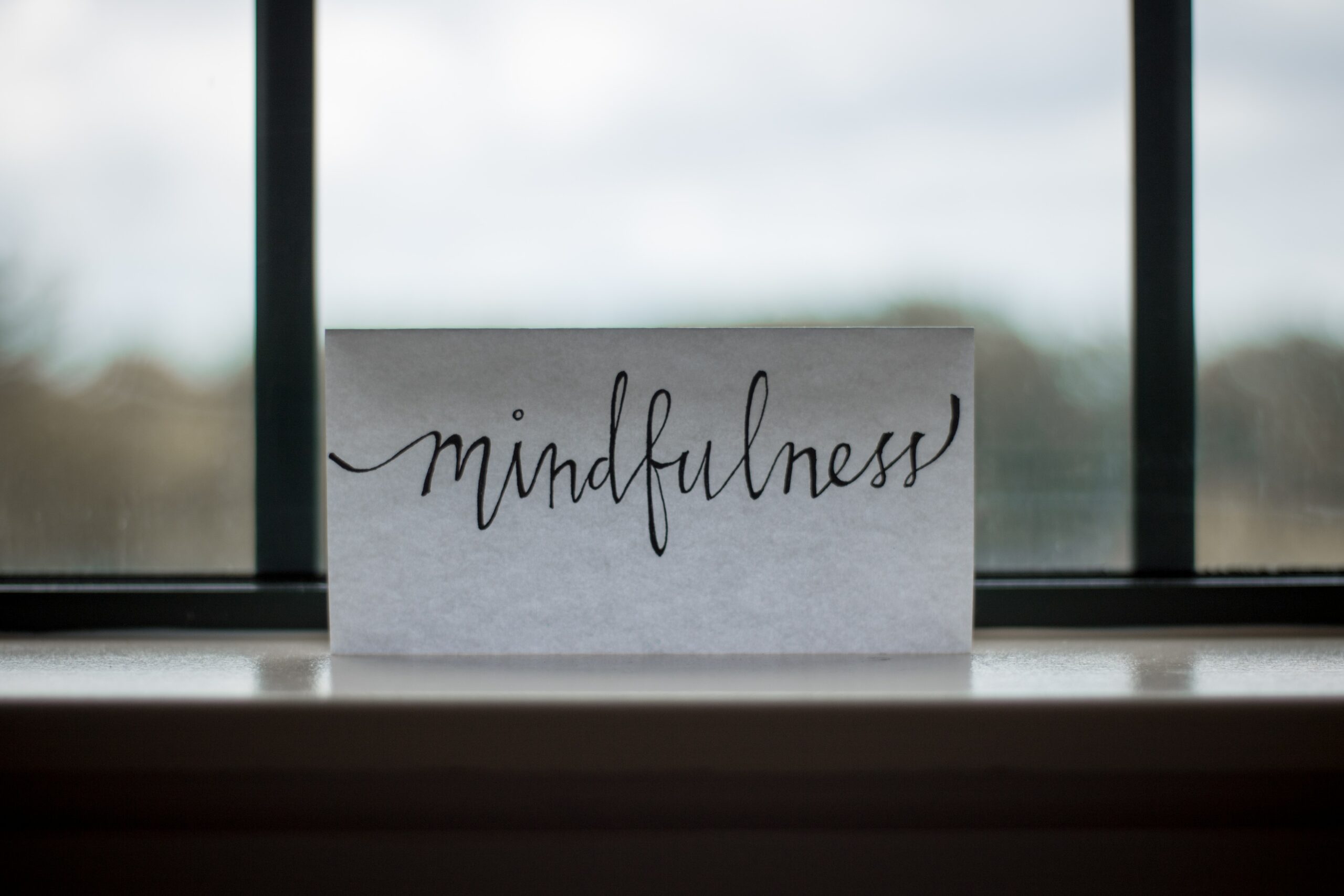Feeling triggered can be a highly emotional and intense experience. We may feel overwhelmed and struggle to soothe ourselves. I experienced a lot of chaos and turmoil growing up. As an adult, my unresolved trauma would cause me to get triggered easily and go into a state of fear and panic. I was so overwhelmed by the experience that I would begin questioning if I even had the right to get so triggered. If my triggers were valid.
Years of therapy taught and me that yes – my triggers and emotional experiences were valid. But instead of going into the habit of dismissing them, I had to learn how to validate my feelings. In this article I wanted to share with you 3 practices that can help you validate your feelings.
As you read through the exercises, see which one stands out and resonates with you most. Then, try practising it. It’s helpful to first practice the exercises when you’re calm, so next time you find yourself in a triggered state, you know what to do.
Table of Contents
Firstly… Why validate feelings?
Validating your own feelings is fundamental for emotional well-being and self-worth, especially if you’ve grown up in an environment where your feelings were frequently dismissed or invalidated. Such early experiences can lead to self-doubt, where you continuously second-guess your emotional experiences.
Moreover, when feelings are consistently dismissed during our formative years, it can result in suppressed emotions. These suppressed emotions can manifest as low self-esteem, anxiety, difficulties in forming genuine connections with others and lack of trust in oneself.
By learning to acknowledge and accept your feelings, you not only affirm your emotional experiences but also nurture your inner voice, which is crucial for self-esteem. Self-validation acts as an internal compass, guiding you to trust yourself and react authentically in various situations.
Developing the skill of validating your own feelings paves the way for better emotional regulation, understanding, and the ability to constructively express yourself, thus promoting overall emotional and mental health.
Growing up I not only struggled to understand and deal with my feelings, but I would often invalidate my feelings. I would think to myself ‘I’m making a big deal out of nothing’, ‘I’m definitely overreacting’, and my favorite dismissive line – ‘Am I crazy for feeling this way? There must be something wrong with me…’

Mindfulness & Compassion
Mindfulness is fundamentally about cultivating a deep, non-judgmental awareness of the present moment. This heightened awareness allows us to observe our thoughts, feelings, and bodily sensations as they arise, without getting entangled or overwhelmed by them.
By being present with our emotions, we can recognize them more clearly. This recognition is the first step that is needed to validate feelings, as we can’t validate what we aren’t aware of. When we practice mindfulness, we give ourselves the space to see our emotions without the cloud of judgment or the impulse to suppress or deny them.
This uninterrupted observation confirms the reality of our emotional experiences, making it easier to accept and understand them as genuine aspects of our human experience.
Moreover, mindfulness promotes a compassionate stance towards oneself. As we practice, we learn to approach our experiences, including our emotions, with kindness and curiosity rather than criticism. This compassionate lens facilitates the validation of feelings, as we come to see them not as flaws or failings but as natural responses to life’s circumstances.
Instead of battling or belittling our feelings, we learn to honour them, understanding that they provide valuable insights into our needs, boundaries, and well-being.
Tool 1: R.A.I.N Technique
The R.A.I.N. technique is a mindfulness-based practice that can help you deal with challenging emotions and cultivate a compassionate awareness toward your inner experiences.
When feeling triggered, it’s likely you don’t talk very lovingly and compassionately to yourself. Part of validating your feelings is learning how compassionately acknowledge them and allow them to simply be.
The acronym “R.A.I.N.” stands for:
- R – Recognize: The first step is to simply notice the emotion or thought pattern that has arisen. This could be anything from anxiety, anger, sadness, jealousy, or any other emotion. Recognizing is about identifying the experience without judgment.
- A – Allow: Once you’ve recognized the emotion, the next step is to allow it to be present without trying to change, suppress, or judge it. Validating your feelings means accepting them. It means giving permission for the feeling or sensation to be there, even if it’s uncomfortable.
- I – Investigate: With a gentle curiosity, delve deeper into the emotion. What thoughts are associated with this feeling? Where in the body do you feel it? What might be causing it? It’s important to investigate with an open heart and without trying to analyze or interpret too much. It’s more about feeling and sensing rather than intellectualizing.
- N – Nurture: Offer yourself compassion and understanding. Consider what words or actions you need to hear or experience to comfort and soothe yourself. This could be mentally telling yourself kind words, visualizing a comforting scene, or even placing a hand on your heart as a gesture of self-kindness.
The R.A.I.N. technique provides you with a more grounded and compassionate perspective. By going through these steps, you can navigate emotional storms with greater clarity and self-compassion.

Connecting With Your Inner Child
When our triggers are accompanied by intense feelings of fear, it may be our inner child tell us that they’re scared. Our inner child – the little 4 or 5 years old that is within us at all times – is trying to connect with us and ask for some comforting.
It wasn’t until I started therapy that I began acknowledging my inner child. Throughout the process of learning how to connect with her, I realized that my triggered state of panic and fear would be her signalling to me that she’s really, really scared.
One of the first tools that I learned within therapy was how to connect and soothe my inner child. During this process, the aim is to comfort the little-you and re-assure them that it’s okay to feel what they’re feeling. There is nothing wrong with their emotional experiences.
Lastly, you want to tell them that they are safe with you and the adult-you will take care of them. Always. Find the step-by-step process below.
Tool 2: Soothing the Inner Child
- When you begin to feel intense emotions and find yourself getting triggered, find a quiet space where you can be alone. (If you can’t find a quiet space to be alone, like if you’re at the office, then try to find a few moments where you can be still and un-interrupted.)
- Close your eyes (if you can) and put your hands on your heart
- Take a few deep, slow breaths
- Then, say to yourself, quietly in your mind our out loud: “I’m right here with you. It’s okay. I’m here. What’s going on? What are you feeling?”
- Wait for an answer from your inner child. It may come in the form of images, feelings, or thoughts. For me, it often feels like a stream of thoughts. i.e. “I’m very scared of feeling abandoned. I’m really scared that I will be forgotten.” If not a flow of thoughts, you may experience a release of emotions i.e. you might start sobbing or shaking. This is normal, don’t worry.
- After your inner child gives you an answer via thoughts, images, or emotions, and you better understand what they are feeling, validate their feelings.
- Say to your inner child, quietly in your mind or out loud: “I understand how you feel and it is absolutely okay and normal to feel this. I understand why you feel ___.
- Now, re-assure your inner child you are here to take care of them. You can say: “No matter what happens, I am here for you. I will never leave you. You are always safe with me. I love you.”
The more you do this exercise, and the more you validate your inner child’s feelings, the more trust you will build with them. As a result, you will be able to regulate your emotions easier + will develop confidence that no matter what, you can take care of yourself.
If you’re interested in connecting with your inner child through journaling, check out this article.

Coming Back to Here and Now
I’m not sure about you, but when I get triggered, it can easily feel like I’m in another world. It’s easy to lose a sense of reality and get stuck within my head and my feelings. Totally disconnected from my body.
Part of validating your feelings is reminding yourself that you can handle them. Hence… one triggered afternoon, I came up with a ‘mirror-technique.’ I needed to remind myself that no matter how uncomfortable and intense my feelings may be, I’ve got this.
The exercise is quite simple and quick. However, it has helped me immensely.
Tool 3: Mirror Mirror On The Wall
- Next time you find yourself triggered and a little “detached” from yourself, go and find a mirror
- Stand in front of the mirror and look deep into your own eyes. How often do you truly look at your owns eyes? How often do you really see yourself (and i’m not talking about looking in the mirror to analyze your hair or fix your make-up)
- As you look in the mirror, say to yourself: “I know this is difficult. It’s okay to feel this way. This is normal and you’ve got this. You can handle this. You are an adult (you can add [a badass] adult, if that feels right 😉).
- You can come up with a few phrases of your own that give you a sense of security + affirmation that you are here, a grown adult, and whatever life throws at you – you can handle it. You can feel intense feelings and discomfort and come out on the other side.
Feeling Triggered & Learning How To Validate My Feelings
It’s taken me many years to learn how to understand my emotions, deal with (and feel through) my triggers, and learn how to validate my feelings. This process will have lots of up-and-downs. Some times you’ll successfully use a tool, other times your inner critic will take over and blame you for the way you feel.
Stick with this work and don’t get discouraged.
Validating Your Feelings
I just really want to reiterate that it’s okay and normal and valid to feel whatever it is that you feel. You don’t have to blame yourself or question yourself about what you feel.
There is a very valid reason why you feel what you feel. Our human lives are beautiful yet so complex and at times painful. Allow yourself to work with your emotions instead of against them. Only with compassion and kindness can heal and grow.
Interested in a practice that can help you with self-reflection? Consider checking out my online class.
